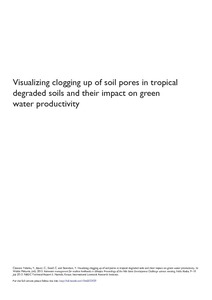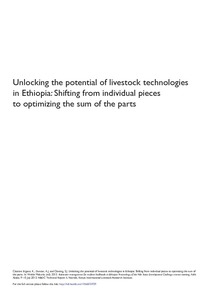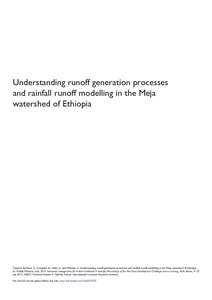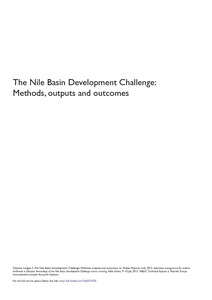Location
Vision, mission and strategy
ILRI's strategy 2013-2022 was approved in December 2012. It emerged from a wide processof consultation and engagement.
ILRI envisions... a world where all people have access to enough food and livelihood options to fulfil their potential.
ILRI’s mission is... to improve food and nutritional security and to reduce poverty in developing countries through research for efficient, safe and sustainable use of livestock—ensuring better lives through livestock.
ILRI’s three strategic objectives are:
- with partners, to develop, test, adapt and promote science-based practices that—being sustainable and scalable—achieve better lives through livestock.
- with partners,to provide compelling scientific evidence in ways that persuade decision-makers—from farms to boardrooms and parliaments—that smarter policies and bigger livestock investments can deliver significant socio-economic, health and environmental dividends to both poor nations and households.
- with partners,to increase capacity among ILRI’s key stakeholders to make better use of livestock science and investments for better lives through livestock.
This is ILRI’s second ten-year strategy. It incorporates a number of changes, many based on learning from the previous strategy (2000–2010, initially produced in 2000 and modified in 2002), an interim strategy (2011–2012) and an assessment of the external and internal environments in which the institute operates.
Members:
Resources
Displaying 366 - 370 of 1152Water investment domains for sustainable agricultural development in the Blue Nile basin
In the Blue Nile basin, crop cultivation is predominantly rainfed and water availability is highly variable across both space and time. As a result, it often constitutes a limiting factor for reaching full agricultural potential in the region. While one third of the basin is estimated to have no soil moisture limitations, the remaining two thirds are crop water constrained in various ways. Analysis shows that across approximately 40% of the basin available soil moisture is utilized sub-optimally with smart management and crop water limitations can be alleviated.
Visualizing clogging up of soil pores in tropical degraded soils and their impact on green water productivity
Restrictive soil layers commonly known as hardpans restrict water and airflow in the soil profile and impede plant root growth below the plough depth. Preventing hardpans to form or ameliorate existing hardpans will allow plants root more deeply, increase water infiltration and reduce runoff, all resulting in greater amounts of water available for the crop (i.e. green water).
Unlocking the potential of livestock technologies in Ethiopia: Shifting from individual pieces to optimizing the sum of the parts
The reasons why farmers are unable to harness the benefits embedded in technologies and take advantage of business opportunities in livestock sector in developing countries remain unresolved. Drawing on insights from innovation systems approaches, this paper assesses innovation constraints, identifies the bottlenecks and missing links in dairy sector and suggests some instruments needed to address the constraints.
Understanding runoff generation processes and rainfall runoff modelling in the Meja watershed of Ethiopia
Understanding the basic relationships between rainfall, runoff, soil moisture and ground water level are vital for an effective and sustainable water resources planning and management activities. But so far there are no hydrological studies in Meja watershed that aims to understand the watershed characteristics and runoff generation processes. This study was conducted to understand runoff generation processes and model rainfall runoff relationship in Meja watershed having a drainage area of 96.6 km2.






